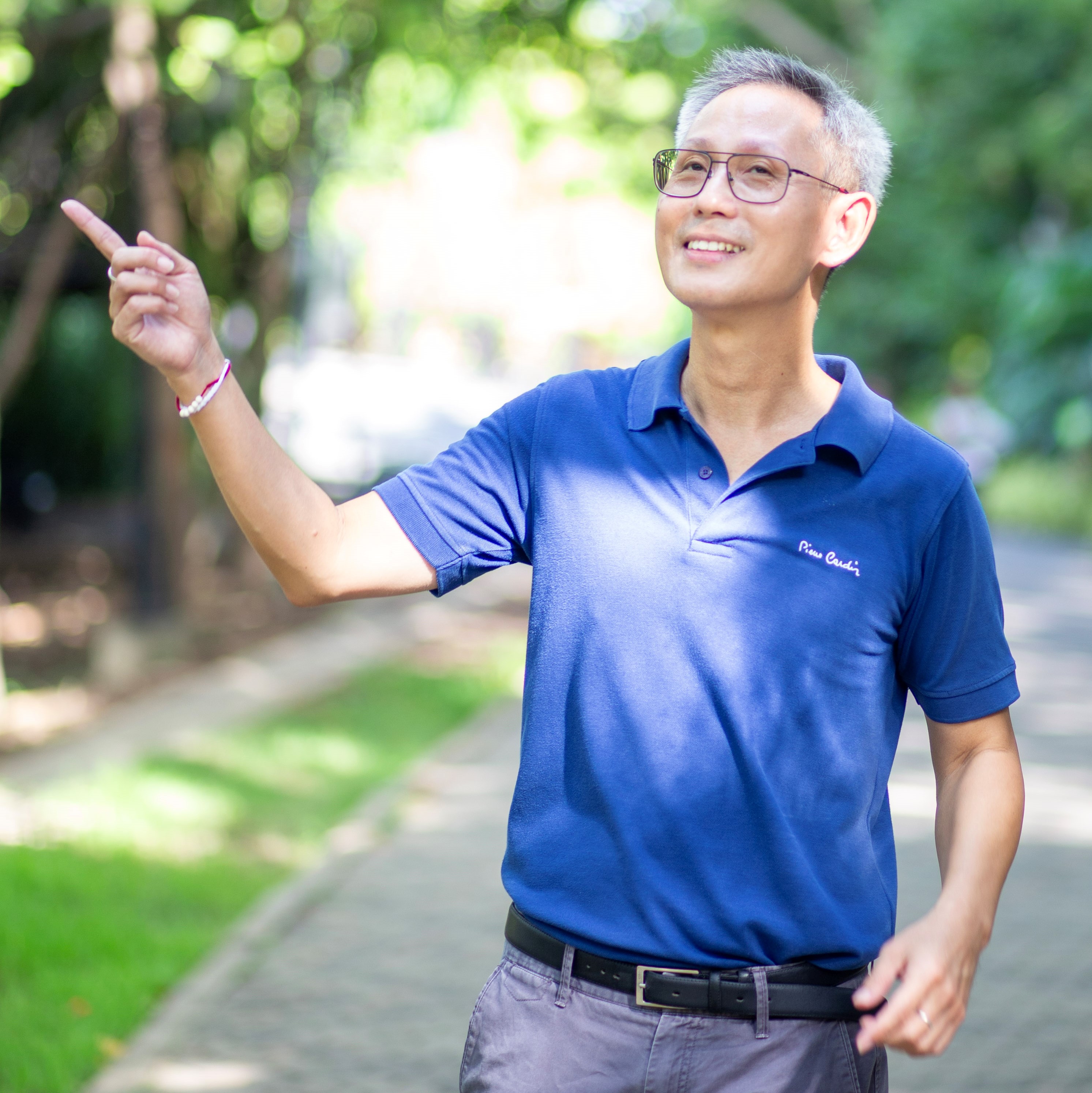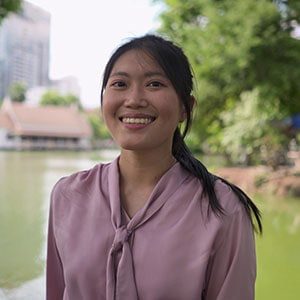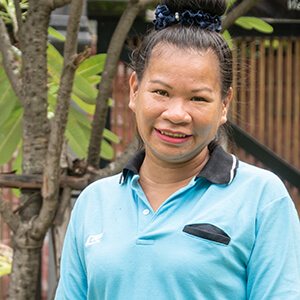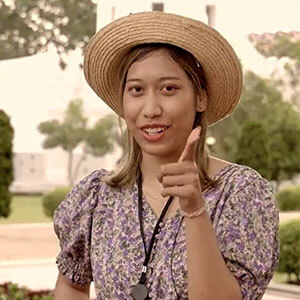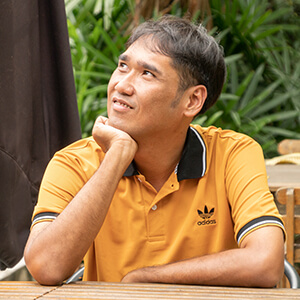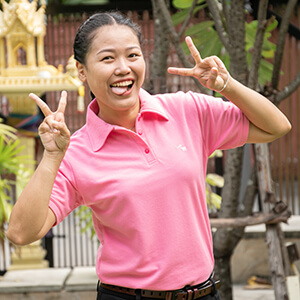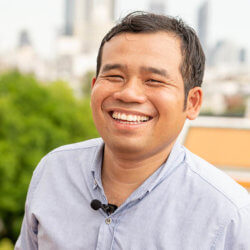The Grand Palace and Wat Phra Keaw ‘Temple of the Emerald Buddha’
Quick Answers – Grand Palace Bangkok
Is the Grand Palace open every day?
Yes. The Grand Palace is open daily, including weekends and public holidays, from 8:30 am to 3:30 pm. It only closes during official royal ceremonies.
How much are Grand Palace tickets in 2025?
Tickets cost 500 THB per person (about 14 USD). The ticket includes entry to Wat Phra Kaew (Temple of the Emerald Buddha) and the Queen Sirikit Museum of Textiles. Children under 120 cm may enter for free.
Dress code for visiting
Clothing must cover shoulders, knees, and ankles. Sleeveless tops, shorts, and ripped jeans are not allowed. Rental clothing is available at the entrance.

Why Visit the Grand Palace?
The Grand Palace in Bangkok is arguably the country’s most visited and photographed landmark attraction. Thousands of visitors flock to this 17th century palace every day to witness the splendor and beauty of its buildings and meticulously manicured gardens. The construction of the Grand Palace began in 1782, during the reign of King Rama I, and it has been the architectural symbol of Thailand ever since. The Grand Palace served as the royal family’s residence until 1925 and is now used only for ceremonial purposes.
Customer feedback – “The Grand place is a must for anyone visiting Bangkok. There is so much to see in every direction you look. Make sure you follow the dress code. Go early to beat the crowds. In the morning it is much cooler so you can take your time and enjoy.”
If you are going to spend any time in Bangkok, plan a trip to see this magnificent display of opulence that serves as the religious, ritual, and spiritual center of the country for all Thai people.
Even though only certain areas of the main palace are fully open to tourists, the outlying structures and gardens showcase some of the most spectacular architecture, sculptures, and Artworks in Thailand.

The Grand Palace is divided into three main areas:
- Outer Court – Home to royal offices, public buildings and the Temple of the Emerald Buddha. The major attraction of the Outer Court is the Temple of the Emerald Buddha, the residence of Thailand’s most sacred Buddhist sculpture: Phra Keaw Morakot (the Emerald Buddha), which was carved from a single piece of flawless green jade.
- Middle Court – Home to the most important residential and state buildings of the King’s Court. Situated at the center of the Middle Court is Chakri Mahaprasat Throne Hall, which was built during the reign of King Rama V. At the far right of the Middle Court is Borom Phiman Mansion, which was also constructed during the reign of King Rama V. Situated between Sivalai Garden and Chakri Mahaprasat Throne Hall is Maha Monthien Prasat complex, home to the Audience Hall of Amarin Winitchai where royal ceremonies usually take place. On the far left of the Middle Court is Dusit Mahaprasat Thone Hall, which is recognized as an ideal example of traditional Thai architecture.
- Inner Court – Area that is exclusively reserved for the reigning king, his queen and his consorts.
Customer feedback – “Without our tour guide we would have ended up lost or confused as there were so many tourists and the signs are not really helpful. Very beautiful palace with nice gardens area.”
The Grand Palace is listed as one of the six MUST SEE museums in Bangkok. The other museums on the list are:
Some of the highlights of visiting the Grand Palace are:
- The Ordination Hall (Royal Chapel) – There are standing Buddha images of two of Thailand’s past kings within this hall. Also, the Ordination Hall is where the Emerald Buddha resides.
- Wat Phra Keaw – The Temple of the Emerald Buddha
- The Royal Pantheon – Surrounded by Bonsai trees and guarded by mythical creatures this building is where the statues of the Chakri Dynasty Kings are enshrined.
- The Great Golden Stupa
- Hall of Rose Gold Buddha
- Miniature Ankor Wat
- Scripture Hall
- Image Hall
- The Bell Tower

Essential Visitor Information
Opening Hours
The Grand Palace and Wat Phra Keaw are open every day from 8:30am to 3:30pm. However, they close during special royal ceremonies. Therefore, it’s wise to check their official website before your visit to confirm opening times.
Tickets & Inclusions
Admission costs 500 Baht per person for full access to the complex. Moreover, this price includes access to Wat Phra Keaw and The Royal Thai Decorations & Thai Coins Pavilion. Additionally, it covers entry to Queen Sirikit Museum of Textile within the Grand Palace compound.
Furthermore, you can rent personal audio headphone sets for an additional 100 Baht. These provide information in English, French, German, Spanish, Russian, Japanese or Mandarin languages.
Dress Code
Visitors must dress appropriately for this sacred site. Therefore, the following clothes are strictly not allowed as outer garments for both ladies and gentlemen: shorts, mini-skirts, short skirts, tight fitting trousers, and tights. Additionally, see-through shirts and blouses are forbidden, as well as culottes or quarter length trousers.
Moreover, sleeveless shirts or vests are not permitted. Sandals without ankle or heel straps are also banned. Furthermore, rolled-up-sleeved shirts, sweatshirts, sweatpants, wind-cheaters, pajamas and fisherman trousers are not allowed.
However, sarongs (long skirt/dress) are available to rent for women. Additionally, men can rent loose-fitting long pants. These options help visitors who are deemed inappropriately dressed. Because of high visitor volume, pants and sarongs may not be available during peak hours.
Best Time to Visit
- Mornings between 8:30 am and 10:00 am are cooler and less crowded.
- Weekdays tend to be quieter than weekends. Additionally, visiting during Thailand’s cool season (November to February) offers the most comfortable weather conditions.
Your Thai Guide Experience
Professional guides from Your Thai Guide help you navigate the complex easily and avoid confusion. Moreover, they provide deep local knowledge about Thai history and culture. Additionally, they can combine your Grand Palace visit with other nearby attractions for a complete day experience.
Nearby Attractions
From the Grand Palace, you can easily walk to Wat Pho to see the famous Reclining Buddha. Additionally, a short boat ride takes you to Wat Arun across the river. Moreover, the colorful Flower Market and bustling Chinatown are within walking distance for a complete cultural experience.
Official Website: https://www.royalgrandpalace.th
Photography Rules
Photographs are allowed only in outdoor areas of the Grand Palace. However, no photographs are permitted inside any buildings within the Grand Palace complex.

